The Central Bank of Nigeria (CBN) has provided clarity on its decision to reduce the Monetary Policy Rate (MPR) by 50 basis points, lowering it from 27.5% to 27%.
The move, announced at the Monetary Policy Committee (MPC) meeting held last week, reflects the apex bank’s response to easing inflation and its commitment to supporting economic recovery.
In a Frequently Asked Questions on its official website, the CBN noted that the rate cut was driven by a sustained decline in inflation over the past five months and expectations of further moderation through the remainder of the year.
“The MPC lowered the MPR by 50 basis points to 27% in response to the sustained decline in inflation over the past five months and in anticipation of further decline in inflation for the remainder of 2025,” the bank stated.
“Also, the reduction in the policy rate by the MPC would help to support economic recovery efforts of the government without undermining macroeconomic stability.”
CBN Adjusts Standing Facilities Corridor to Deepen Liquidity Management
In addition to the rate cut, the CBN announced a revision to the Standing Facilities corridor, narrowing it from +500/-100 basis points to a symmetric +250/-250 basis points around the MPR.
This adjustment marks a shift from an asymmetric to a symmetric corridor, aimed at improving liquidity management and reducing volatility in overnight interest rates.
“Standing facilities refer to monetary policy instruments that help the CBN to provide or mop overnight liquidity in the banking system,” the bank explained.
The two key instruments—the Standing Lending Facility (SLF) and the Standing Deposit Facility (SDF)—allow banks to borrow or deposit excess liquidity overnight at designated rates.
“This implied that the CBN is currently operating a symmetric corridor in contrast to the asymmetric type,” the statement added.
Designed to Enhance Interbank Market Efficiency
The central bank emphasized that the corridor adjustment is designed to enhance interbank market efficiency and strengthen monetary policy transmission.
“Overall, this would encourage more active interbank trading and enhance monetary policy transmission,” the CBN concluded.
These measures, the CBN said, were carefully balanced to sustain ongoing disinflation efforts while ensuring the banking sector has adequate liquidity to support credit expansion and economic growth.
What You Should Know
- The MPC’s decisions come against the backdrop of fresh data from the National Bureau of Statistics (NBS), which showed that Nigeria’s inflation rate eased to 20.12 percent in August 2025, down from 21.88 percent in July.
- CBN Governor, Olayemi Cardoso, noted that while inflation remains elevated, recent declines suggest that previous rounds of monetary tightening are beginning to yield results. He stressed that the new measures would consolidate these gains without stifling economic growth.

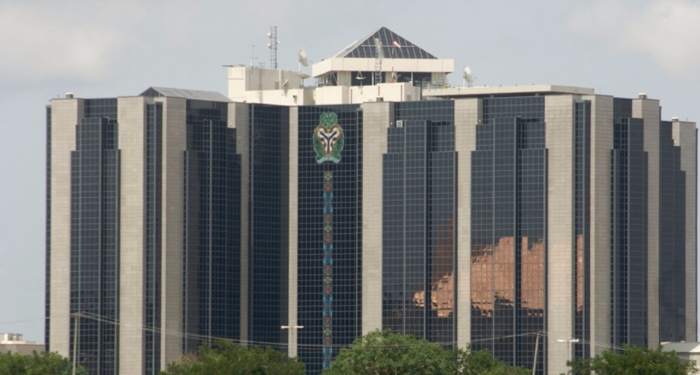







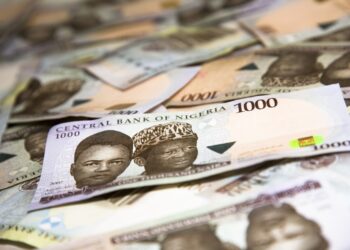
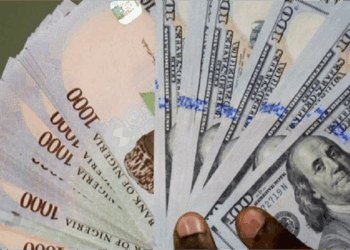
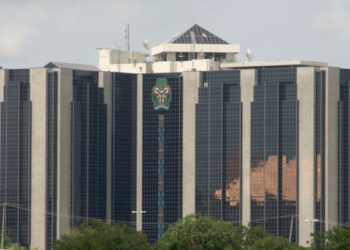
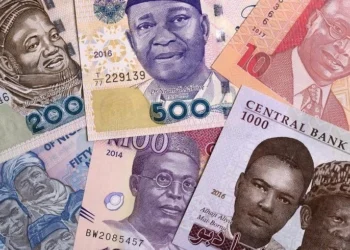
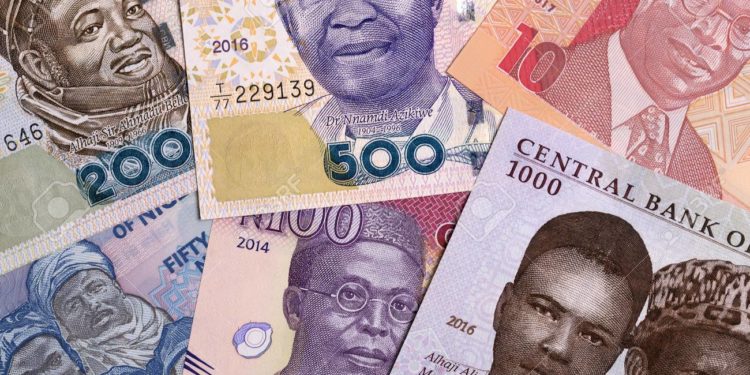











In most economies, central banks don’t start easing until inflation is close to single digits or firmly on track to meet targets. Cutting rates with inflation still at 20% is premature.
Nigeria has a history of easing too early and then losing the gains from previous tightening. It would have been better to wait another quarter or two to be sure the disinflation trend is durable.
Otherwise, we risk eroding confidence and seeing inflation (especially food and energy prices) flare up again just as things are starting to stabilize.